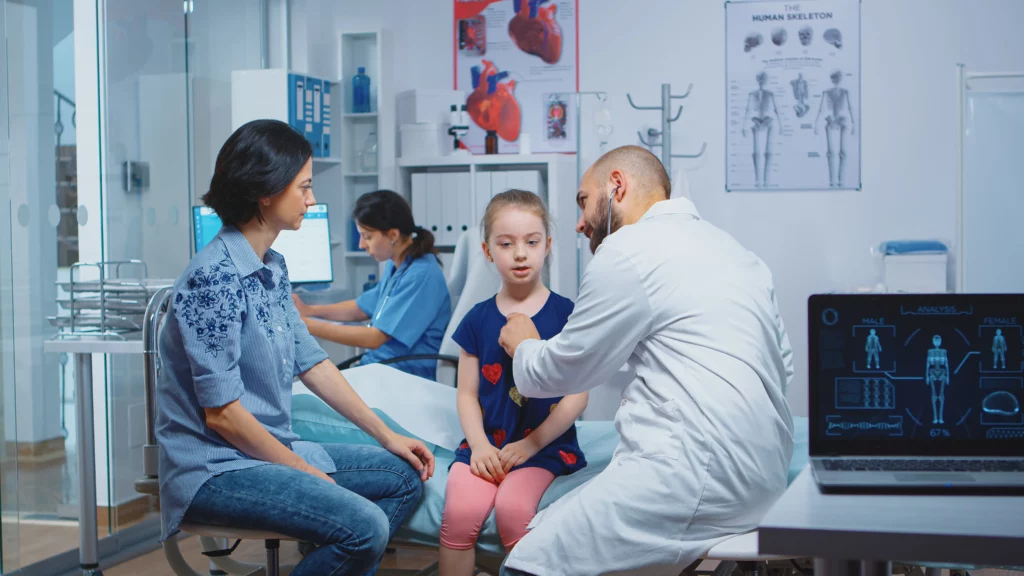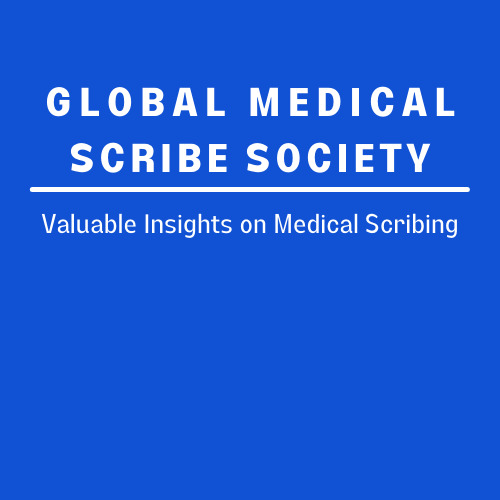
For primary care physicians, the daily workload can be overwhelming, with a significant amount of time spent on administrative tasks, particularly EHR documentation. The burden of excessive paperwork and clerical responsibilities often leads to burnout, reduced productivity, and decreased job satisfaction. Fortunately, the use of medical scribes in a primary care setting has emerged as a promising solution to alleviate these challenges, streamline workflows, and improve overall physician experience.
The Growing Documentation Burden for Primary Care Physicians
Primary care physicians are finding themselves dedicating more time to documenting encounters and handling administrative tasks than they do to actually seeing patients. Charles R. D’Agostino, MD, an Internist from Howard, OH, recognized this issue and undertook an analysis of his role as a primary care provider. His approach was simple yet effective: he meticulously recorded his daily activities during a typical workday, tracking the time spent on patient care and administrative duties. His data collection began at 10 a.m. right after his morning rounds and concluded at 6 p.m. Throughout this 8-hour span, he attended to 18 patients. Interestingly, he found that he allocated 75 minutes to paperwork during patient hours, 170 minutes during non-patient hours, and 225 minutes to direct patient interactions during patient hours. These findings led him to a disheartening realization: he was devoting more time to computer tasks than to engaging with his patients. It’s no surprise that primary care providers often feel overwhelmed by the relentless paperwork demands, which contribute significantly to burnout.
Exploring the Role of Medical Scribes
To address the challenges associated with documentation, researchers conducted studies to evaluate the impact of medical scribes in primary care settings. One study published in JAMA Internal Medicine involved 18 primary care physicians who used medical scribes for a period of three months. The results revealed that scribed periods were associated with reduced after-hours documentation, increased face-to-face patient interactions, and improved work efficiency. The findings strongly support the use of medical scribes as an effective strategy to enhance clinic workflow and patient visits in primary care.
Study assessing physician productivity, face-to-face time, and patient comfort levels using scribes
A prospective observational study was conducted in an urban primary care clinic to assess the impact of scribes on physician productivity, face-to-face time, and patient comfort. During patient visits, medical scribes accompanied physicians and documented the encounters. Following an initial phase-in period, an additional 20-minute patient slot was incorporated for every 200 minutes of the session. Productivity was evaluated by analyzing information from the EHR, including the number of patients seen and the work RVUs per hour. The study revealed a significant 10.5% increase in work RVUs per hour and an 8.8% increase in patients seen per hour following the implementation of scribes. Face-to-face time with patients surged by 57%, while time spent inputting data into EHRs decreased by 27%. Interaction and information gathering from patients experienced a substantial uptick of 39%. Importantly, 69% of patients expressed comfort with the presence of scribes in the exam room. In conclusion, the utilization of medical scribes in primary care displayed promising potential as a strategic approach.
The effect of remote scribes on primary care physicians’ wellbeing, EHR satisfaction, and EHR usage
An article published in a ScienceDirect journal presented findings from a non-randomized controlled study conducted at the University of Wisconsin Health, focusing on the effects of a scribe program on primary care physicians’ well-being, satisfaction with electronic health records (EHRs), and EHR utilization. In this study, remote scribes were introduced, participating in patient visits through audio-only cellphone connections to document encounters in real-time. The results indicated significant positive changes in physician wellness and a reduction in EHR-related time when remote scribes were employed to aid primary care physicians in real-time documentation of visits. The utilization of remote scribes also played a role in mitigating physician burnout. However, the intervention of scribes did not appear to have a noticeable impact on primary care physicians’ satisfaction levels with EHRs.
The Benefits of Incorporating Scribes into Primary Care Practices
Incorporating scribes into primary care practices offers multiple benefits. With scribes handling the EHR documentation in real-time, primary care physicians experience reduced administrative burden, increased productivity, and improved patient interactions. Physicians can focus on delivering quality care, leading to enhanced job satisfaction.
In conclusion, medical scribes present a promising solution for primary care physicians struggling with excessive documentation demands. By enlisting the support of scribes, physicians can enjoy reduced administrative tasks, improved productivity, and ultimately, a more satisfying work experience in the primary care setting. Reach out to a reputed Scribe service provider and take a step towards alleviating your EHR documentation challenges today!
